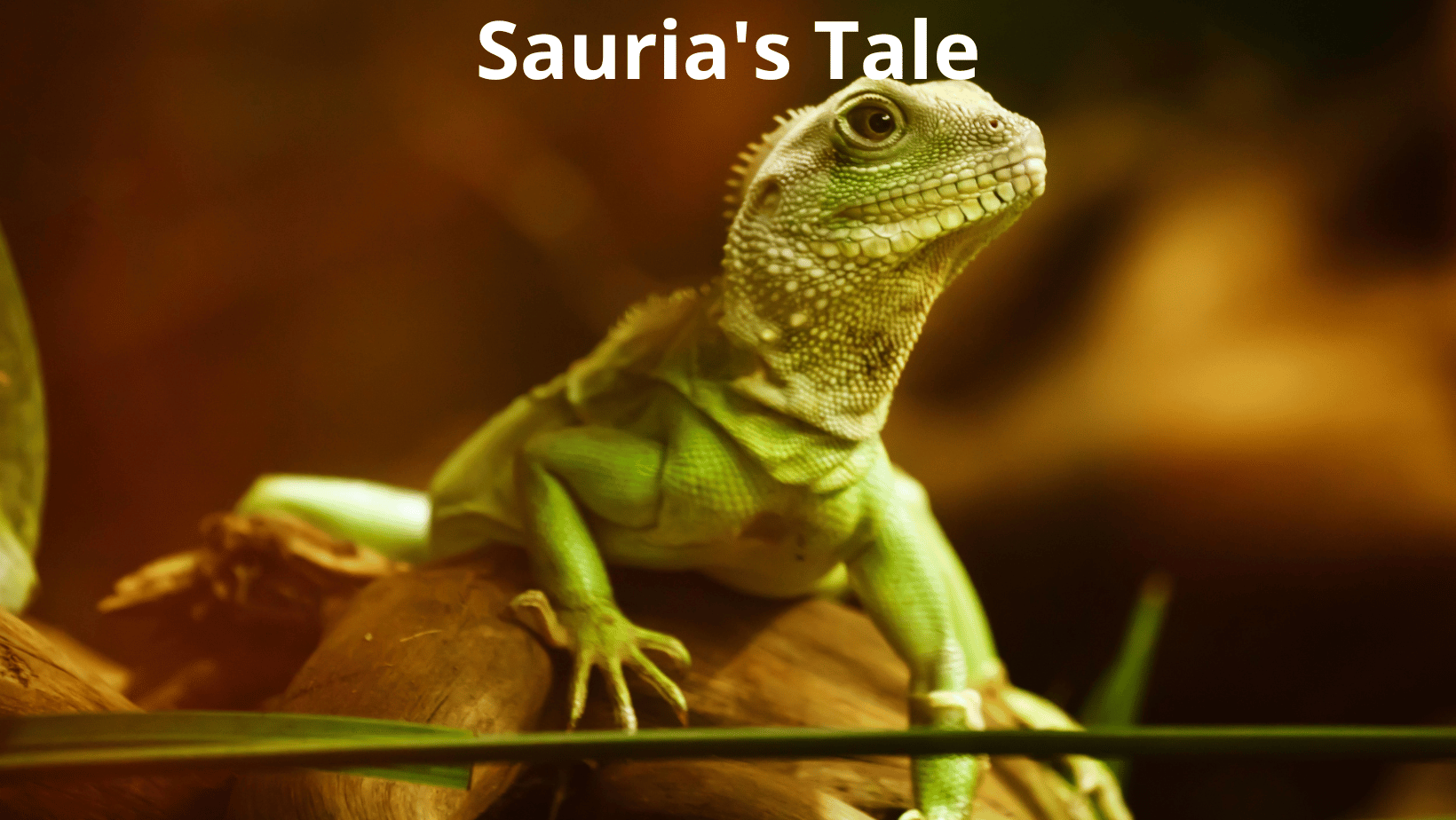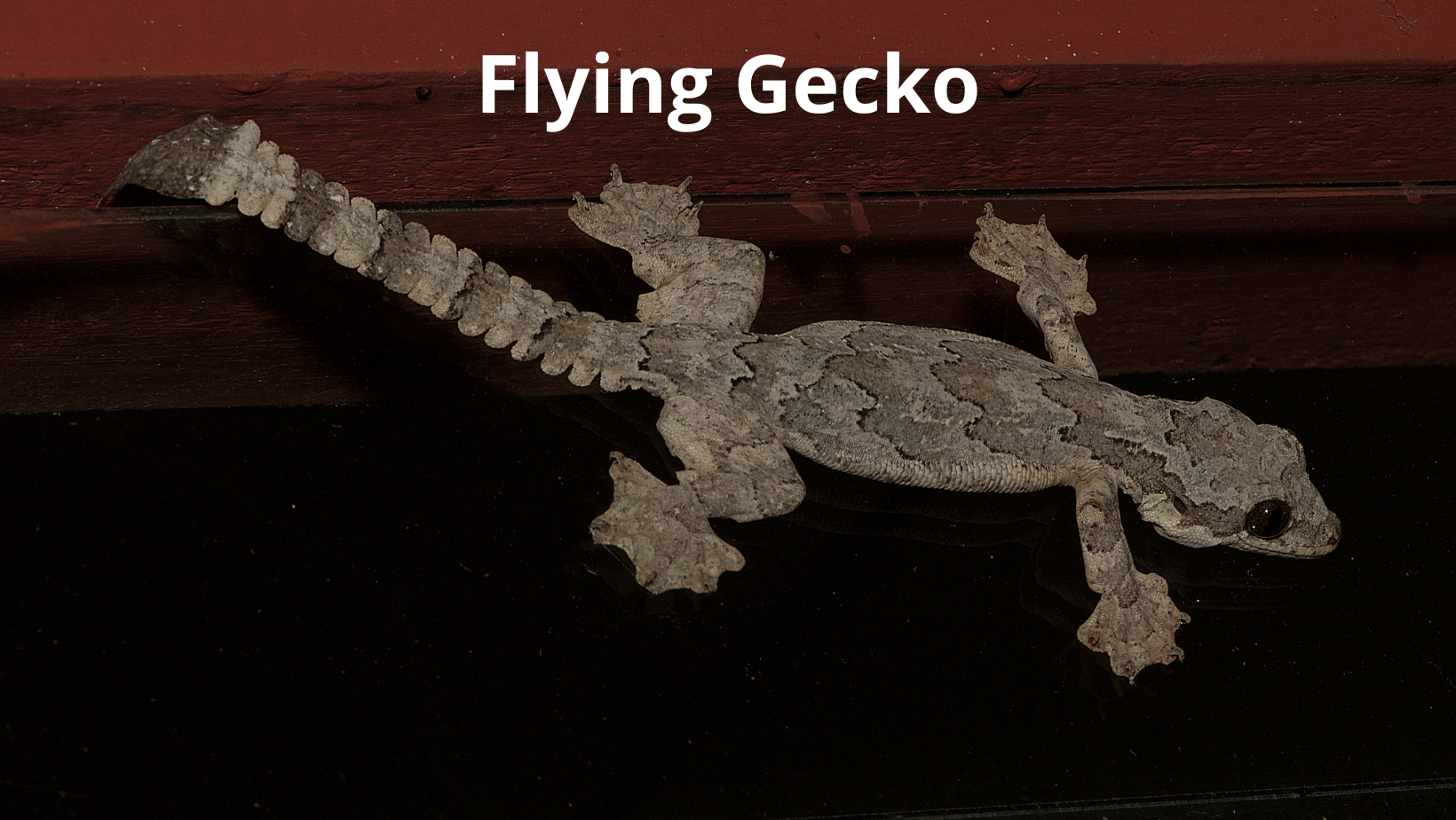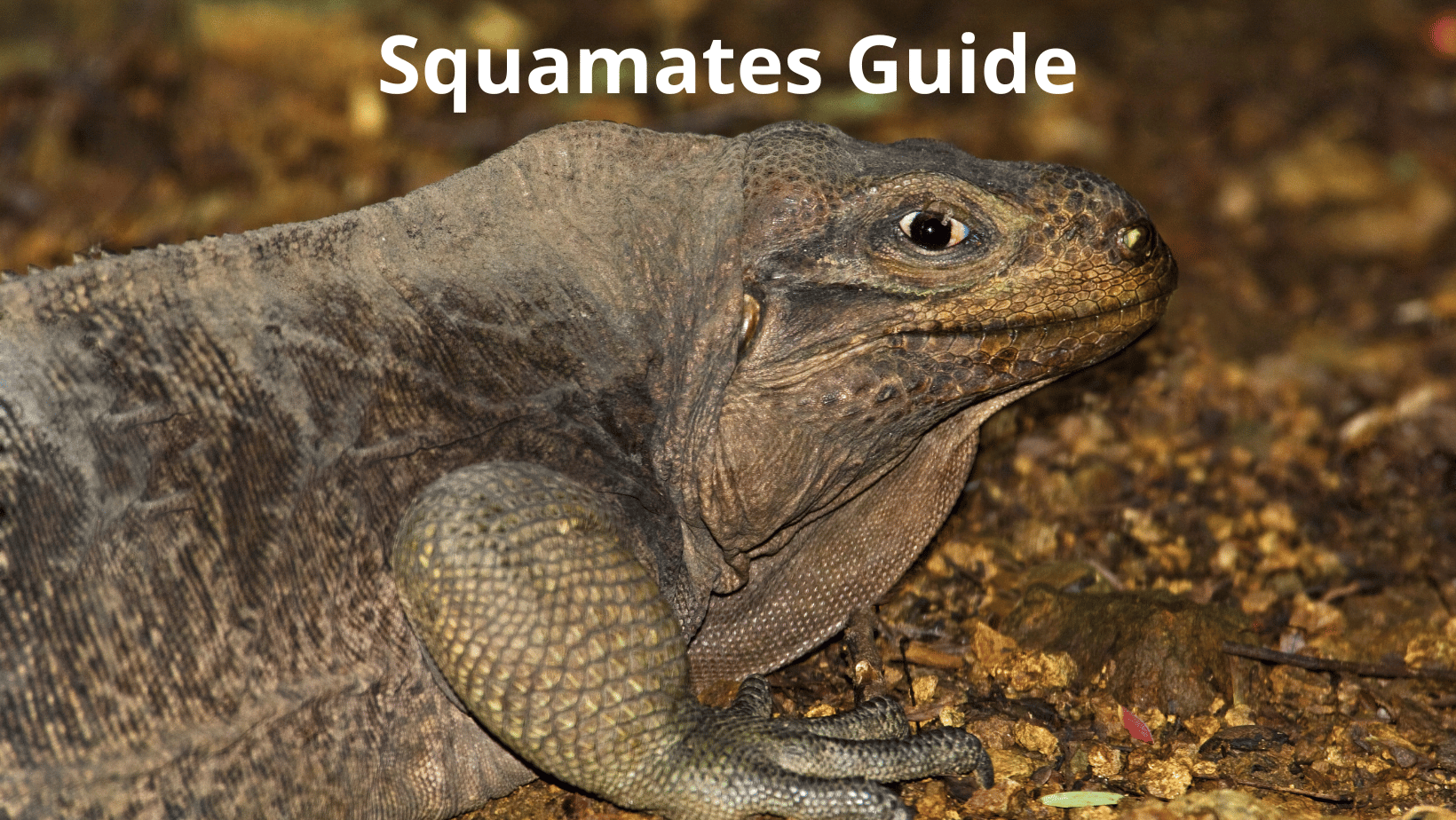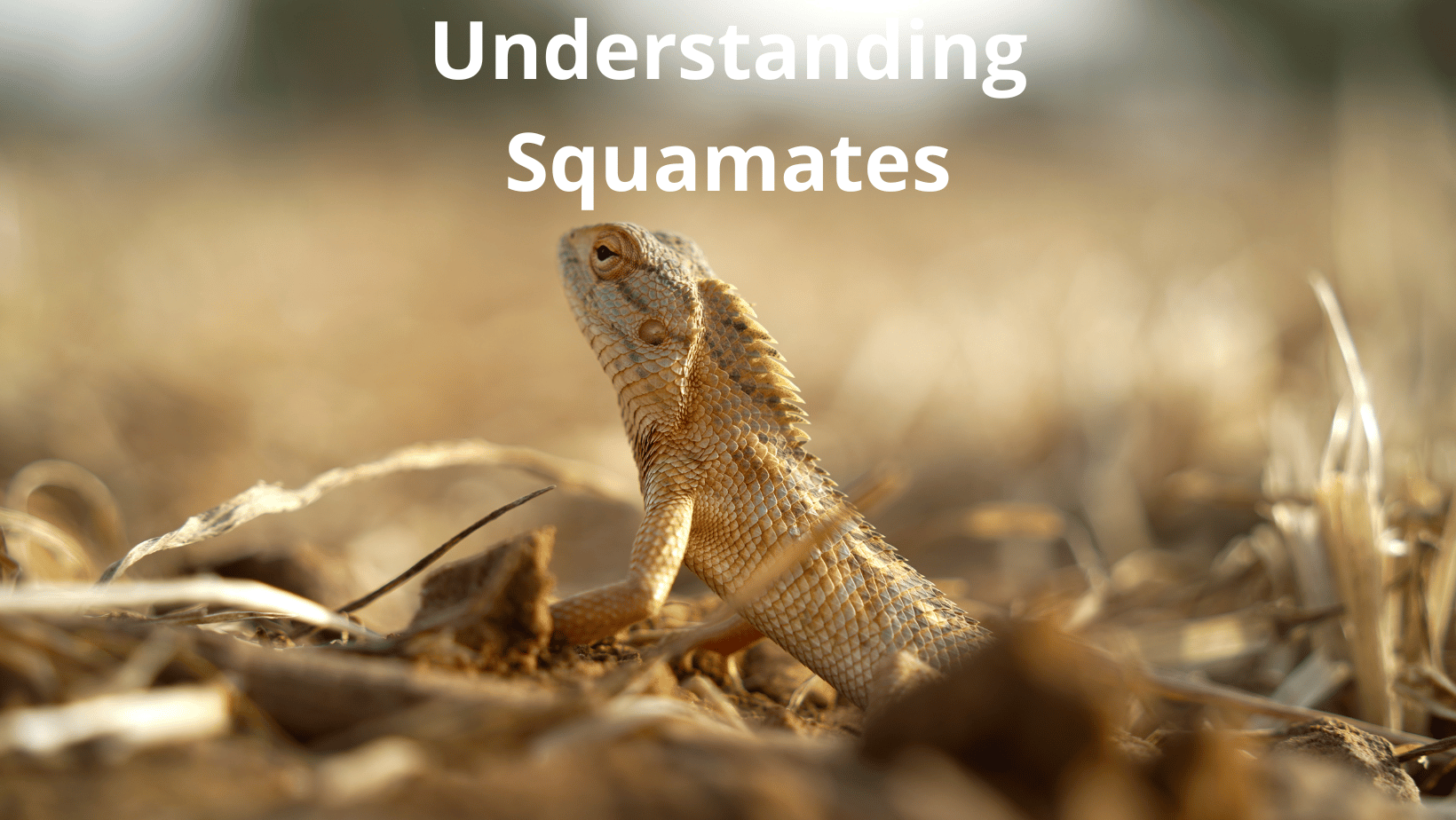When we think of reptiles, images of lizards basking on rocks, mighty crocodiles, or even the occasional bird might come to mind.
But dive deeper, and we encounter the fascinating world of Sauria, a clade that binds these varied creatures through a shared ancestry.
Sauria is the bridge that links today’s crocodilians and birds (under Archosauria) with lizards and Tuataras (under Lepidosauria).
As we journey through this article, we’ll explore the evolutionary intricacies of Sauria, their defining characteristics, and how recent research continues to reshape our understanding of this remarkable group.
Whether you’re an enthusiast or a curious reader, this dive into Sauria promises to unveil the wonders of reptilian evolution.
Historical Perspective of Sauria: Unveiling the Links of Life
In the intricate tapestry of life on Earth, understanding evolutionary relationships becomes paramount. It’s these relationships that tell us how various life forms are connected, giving us insights into how they’ve evolved and diversified over time. The clade Sauria, rich in its evolutionary history, offers a snapshot of these connections among some of the most iconic reptilian groups. Let’s delve deeper into the evolutionary ties that bind members of Sauria together.
The Bridging Role of Sauria: Connecting Archosauria and Lepidosauria
At the heart of Sauria lies its pivotal role in uniting two major reptilian groups: Archosauria and Lepidosauria. Archosauria, which comprises today’s birds and crocodilians, and Lepidosauria, home to lizards and Tuataras, both trace their roots back to a common ancestor. It is this shared ancestry that places them under the vast umbrella of Sauria, highlighting the evolutionary significance of this clade.
Crowning the Diapsids: Sauria’s Position of Prominence
Sauria doesn’t merely serve as a connecting thread; it holds a position of distinction within the realm of reptiles. Often regarded as the crown group of diapsids, Sauria’s significance is further magnified when considering molecular phylogenies. These genetic investigations present turtles as more closely aligned with archosaurs than with lepidosaurs, reinforcing Sauria’s encompassing role in reptilian evolution.
Sauria and Modern Reptiles: A Comprehensive Spectrum
Depending on the systematics at play, Sauria’s scope might vary. However, in many classifications, it covers a broad spectrum, including all or most modern reptiles. This encompasses birds (a subset of archosaurs) and also extends to various extinct groups, demonstrating the vast evolutionary expanse that Sauria represents.
With these insights into Sauria’s evolutionary context, we begin to appreciate its central role in the history of reptiles. Serving as a bridge, a crown, and a spectrum, Sauria stands as a testament to the diverse and interconnected lineage of these incredible creatures.
Sauria and Sauropsida: Exploring Definitions and Distinctions
Navigating the intricate world of reptile classification can be quite daunting. Two terms that often arise in this realm are Sauria and Sauropsida. Let’s explore their definitions, distinctions, and understand how they form the backbone of our comprehension of reptilian evolution.
Definition and Distinction
Sauria, as we’ve previously established, is a clade that envelops the most recent common ancestor of groups like crocodilians, birds, lizards, and tuataras. Its significance lies in its representation of the crown group of diapsids and, by certain metrics, reptiles in general.
On the other hand, Sauropsida is a more encompassing term. It includes Sauria but extends its reach to also incorporate various stem-reptiles. These stem-reptiles, while not directly falling under modern reptile classification, are still more closely linked to reptiles than they are to mammals. Therefore, while all members of Sauria are sauropsids, not all sauropsids are saurians.
Stem-reptiles: Their Importance and Link to Modern Reptiles
Stem-reptiles, or the groups that precede modern reptiles in evolutionary history, provide an invaluable window into the early stages of reptilian evolution. These ancient creatures hold the key to understanding the gradual transitions, both morphologically and behaviorally, that led to the diverse range of reptiles we see today.
Understanding stem-reptiles isn’t just about studying fossils and skeletal structures. It’s about tracing back the lineage, decoding the story of survival, adaptation, and evolution. These stem-reptiles act as a bridge, linking the primordial world with the modern, and helping researchers and enthusiasts alike understand the origins and trajectory of reptile evolution.
Systematics of Sauria: Decoding the Evolutionary Tapestry
In the intricate web of life, systematics is the discipline that helps us understand the classification and relationships of organisms. Within the context of Sauria, this approach aids in demystifying its connection with other reptilian groups. The focus often narrows down to one fascinating creature: the turtle. Let’s delve into the revelations from genomic studies, insights gleaned from the fossil record, and the enigmatic placement of turtles in relation to Sauria.
Genomic Studies & Implications for Turtles
The world of genomics has transformed our understanding of evolutionary relationships, often challenging traditional beliefs based on morphology alone. Recent genomic studies have thrown a curveball into the mix, suggesting that turtles might be closer in relation to archosaurs (the group encompassing crocodilians and birds) than to lepidosaurs (like lizards and tuataras). This is significant, as it alters the narrative of turtle evolution, positioning them within the Archelosauria clade, thereby redefining the Saurian family tree.
Fossil Record Insights
The fossil record acts as a time machine, offering snapshots of life from eras gone by. Comprehensive studies in the fossil domain indicate that turtles, contrary to earlier beliefs, aren’t as closely related to the pre-Saurian parareptiles. These ancient imprints in stone challenge previous assumptions and shed light on the evolutionary paths that creatures might have undertaken. Such fossil findings, combined with genomic studies, continually reshape our understanding of the reptilian world.
The Placement of Turtles in Relation to Sauria
Turtles, with their unique physiology and evolutionary history, have always posed a conundrum to biologists. The 2018 cladistic analysis positioned Pantestudines (turtles and their close relatives) within Diapsida but intriguingly outside of Sauria. This means that while turtles are diapsids, they don’t directly fall under the Saurian lineage, making them somewhat of an evolutionary outlier. Understanding the exact placement of turtles in relation to Sauria is an ongoing exploration, combining both ancient relics from the past and modern genetic tools to unlock the secrets of their lineage.
Synapomorphies – Distinguishing Features of Sauria
The vast biodiversity we observe today can be attributed to evolutionary nuances and adaptions that species have undergone over time. In the realm of Sauria, these distinct features, known as synapomorphies, provide crucial insights into their lineage and relationships. By analyzing various body regions of these reptiles, we can decode a plethora of information about their ancestry and evolution. Let’s embark on a journey, exploring these defining characteristics, from the crown of their head to the tips of their limbs.
An Overview of Synapomorphies
Synapomorphies are shared derived characteristics present in members of a particular group but not in their immediate ancestors. These traits, in essence, provide the foundational basis for understanding phylogenetic relationships, allowing scientists to chart evolutionary pathways and classify species into various clades or groups. For Sauria, the presence of specific synapomorphies distinguishes them from stem-saurians in Diapsida or stem-reptiles in the clade Sauropsida.
Cephalad Region: A Deeper Look into the Characters of the Head
The cephalad, or head region, of Saurians showcases a variety of distinct features:
- The dorsal origin of temporal musculature, which dictates the muscle layout around the temporal region.
- A lack of a caniniform region in the maxillary tooth row, affecting dental anatomy.
- External nares positioned close to the midline, influencing nasal structure.
- Absence of postparietal and the particular arrangement of the squamosal, alongside characteristics like the narrow anterior process of the squamosal, expose a unique skull anatomy.
- Features like the unossified dorsal process of stapes and the slender nature of stapes further differentiate the Saurian head structure.
Trunk Region: Understanding the Main Body Structures
The trunk is integral to understanding the core body structure:
- The lateral orientation of sacral ribs.
- Ontogenetic fusion of caudal ribs.
- The mostly single-headed nature of trunk ribs.
These features provide insights into the rib structure and overall torso anatomy, emphasizing the evolutionary adaptions that the trunk region has undergone.
Pectoral & Pelvic Regions: Insights into the Chest and Hip Structures
The chest and hip areas reveal unique aspects of Saurian anatomy:
- The absence of the cleithrum in the pectoral area.
- A modified ilium in the pelvic region.
These adaptations hint at the evolutionary pressures that might have influenced the development of these regions and their importance in the overall physiology and mobility of these reptiles.
Limb Region: A Study of Ancestral Leg Features
Limbs play a pivotal role in the movement and adaptability of species. Key synapomorphies in the limb region of Sauria include:
- The loss of tubular bones and the entepicondylar foramen.
- The radius being as long as the ulna, affecting forearm structure.
- Modifications in the carpals, tarsals, and metatarsals, like the absence of the fifth distal tarsal and a distinct fifth metatarsal.
These features, while subtle, provide profound insights into the evolutionary journey of Saurian locomotion and adaptability.
Sauria’s Legacy: Concluding Insights into the Pinnacle of Reptilian Evolution
As we journeyed through the intricate world of Sauria, from the depths of genomic revelations to the defining synapomorphies, we’ve unearthed a profound understanding of this pivotal clade. As we wrap up this exploration, let’s reflect upon Sauria’s significance in the broader spectrum of reptilian evolution and ponder upon the future of studies in this captivating domain.
Recap of the Importance of Sauria in the Reptilian Lineage
Sauria is more than just a classification or a group within the vast taxonomy of reptiles. It stands as a testament to the evolutionary marvels that nature has woven over millennia. Encompassing creatures as diverse as crocodilians, birds, lizards, and tuataras, Sauria holds the key to understanding the shared ancestry and divergent paths that these reptiles embarked upon. Its unique morphological features, its genomic stories, and its fossil records all paint a picture of a dynamic evolutionary journey, one that has led to the rich biodiversity we witness today.
The Future of Studies into this Important Clade
The tale of Sauria is far from complete. With rapid advancements in technology, particularly in genomics and paleontology, our understanding of this clade is continually evolving. Future studies promise deeper insights into the early ancestors of this group, potential undiscovered species, and a clearer picture of their evolutionary tree. Additionally, as conservation becomes ever more crucial, understanding the historical and genetic context of these creatures will play a pivotal role in their preservation. The enigma of Sauria remains an inviting realm, with many secrets yet to be uncovered, promising a fascinating future for enthusiasts and researchers alike.



